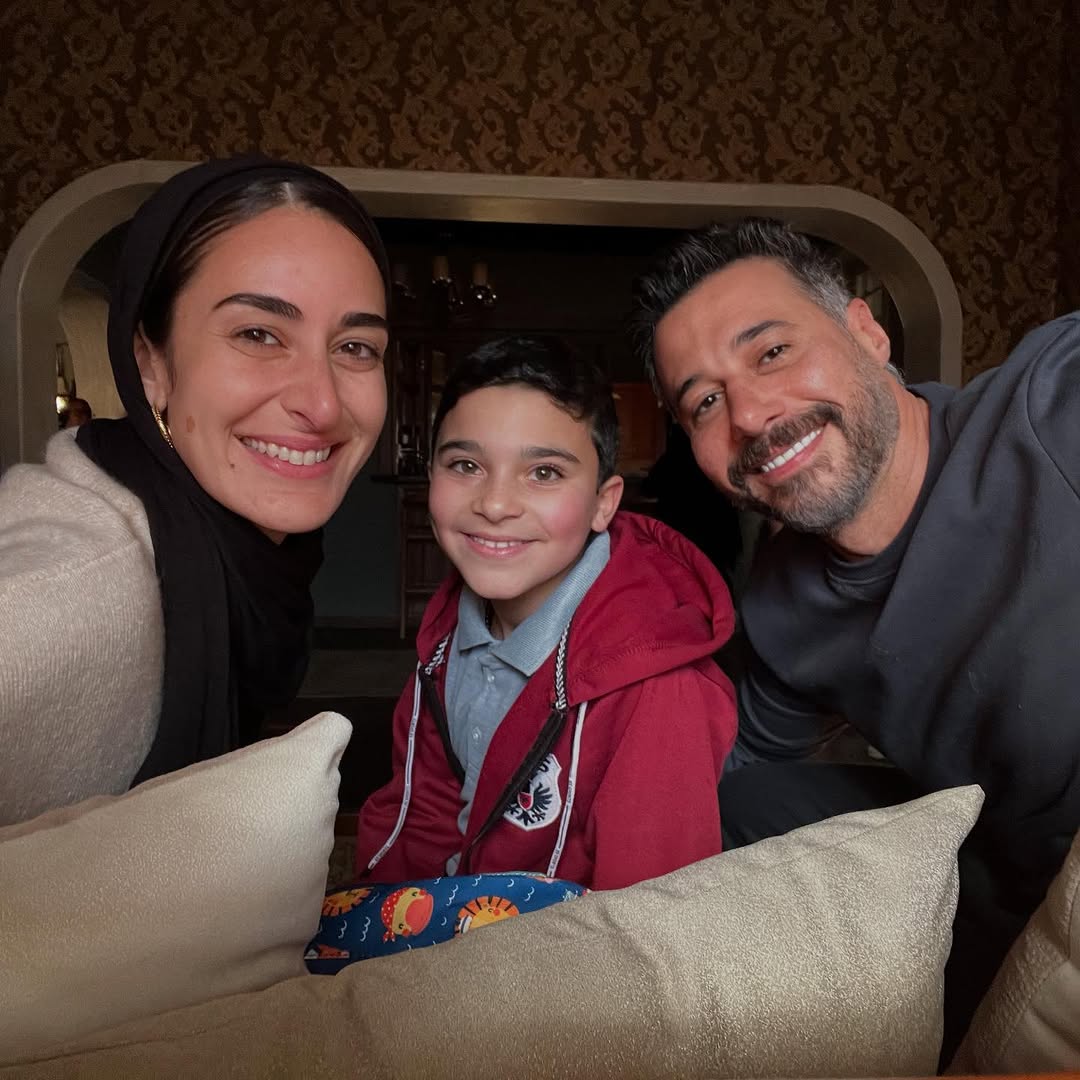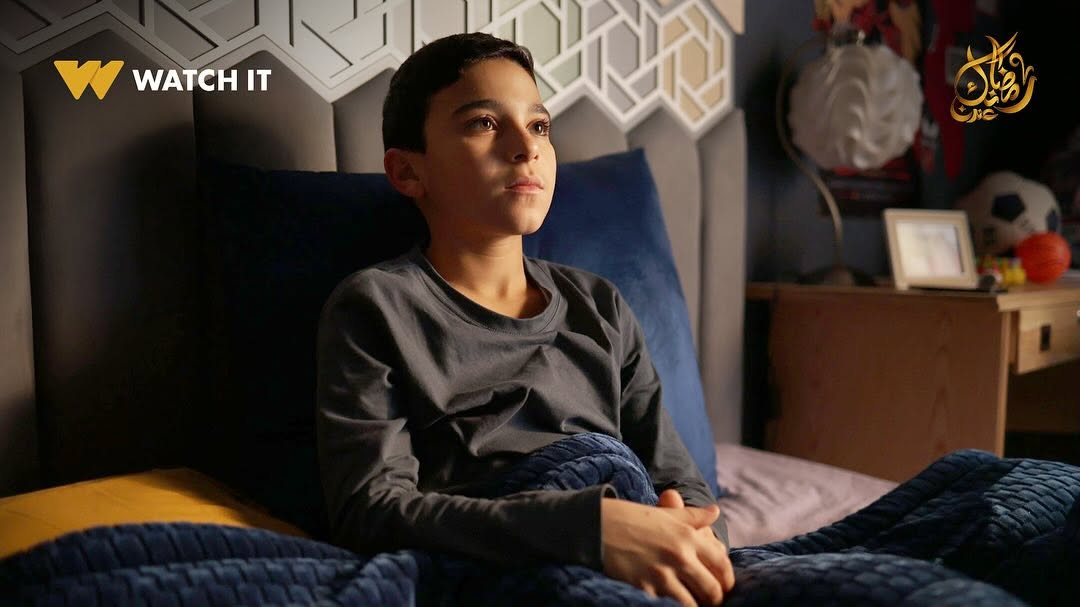A trauma bond is a psychological response that occurs when a victim develops a connection with their abuser, often due to cycles of kindness followed by cruelty. This attachment is not a sign of consent or acceptance but rather a survival mechanism.
Moreover, in situations where a child is vulnerable and dependent on their abuser for emotional or physical needs, their brain may normalise the abuse and rationalise the abuser’s behaviour as a means of self-preservation.
Children, especially, may struggle to distinguish between genuine care and manipulation. If the abuser is a caregiver, teacher, or someone the child trusts, the confusion deepens. Feelings of guilt, shame, and misplaced loyalty can make it difficult for victims to recognise the abuse for what it is, often leading to self-blame.
Depictions in Film and Television
Media has begun to explore the intricate and painful reality of child sexual abuse and the bonds that can form between victims and perpetrators. Recent series have shed light on this issue with haunting realism.
Lam Shamseya

The Egyptian drama Lam Shamseya presents a gripping portrayal of how childhood trauma, including sexual abuse, can shape an individual’s adult life. The protagonist’s journey highlights the confusion and internal conflict faced by victims, particularly when the abuser is someone close to them. The series delves into the lasting emotional scars and the difficulty of breaking free from the psychological chains of abuse.
Baby Reindeer

Based on a true story, Baby Reindeer explores the dynamics of trauma bonding, particularly in the context of psychological manipulation. While it focuses on adult predatory behaviour, the series provides a raw and unsettling look at how victims can find themselves emotionally tied to their abuser, even as they suffer harm.
Healing and Recovery

Breaking free from trauma bonds requires time, professional help, and a strong support system. Therapy, particularly trauma-focused cognitive behavioural therapy (TF-CBT), can help survivors reframe their experiences and process their emotions in a safe space. Recognising the abuse as a violation rather than something they were complicit in is a crucial step in healing.
Victims also benefit from community support, where they can connect with others who have experienced similar trauma. The journey to healing is painful and complex, but with proper intervention and care, survivors can reclaim their sense of self and find empowerment beyond their past.






